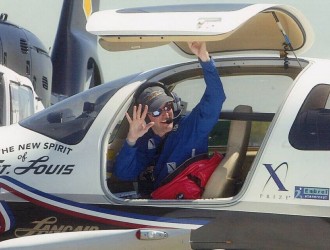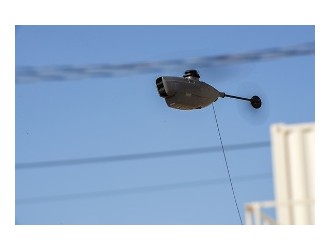You are practicing takeoffs and landings in a standard left-hand traffic pattern at your home airport on a weekday morning. Traffic is moderate—enough to keep you on your toes but not enough to bring you to a state of task saturation.

As you prepare to touch down for a touch-and-go, the controller says, “On the go make right closed traffic.”
That catches you by surprise, but you acknowledge and prepare to turn right to a crosswind leg once you reach a safe altitude.
Why was right traffic requested this time?
Probably for opposing traffic, but the reason may not be obvious. Don’t let complacency hinder your performance.
There have been other times when controllers issued instructions for reasons not readily apparent. The more experience you acquire, the easier it becomes to understand—even anticipate—such scenarios. For example, when you approach an airport with a control tower not equipped with radar, a local controller scanning the airspace with binoculars may request that you give a position report, say, at two miles out. At a tower-controlled airport associated with a radar facility, the position report probably won’t be necessary.
Save up your questions about your interactions with ATC for any opportunities to talk with an air traffic controller who might visit your flight school as a guest speaker—or who might even be a student pilot there. Perhaps your flight school plans to schedule a tour of an ATC facility.
Also, check out the AOPA Air Safety Institute's video series Ask ATC, which features controllers providing situation-specific advice to pilots. This video addresses the question, At what stage should a pilot who plans to request flight-following service from ATC make the request? Answer: before taxi. That’s preferable, controllers say, to making the request when airborne “at the last second” because it gives ATC time to properly coordinate the coverage.
Your instructor has emphasized that any time you are uncertain about ATC’s instructions, don’t just “do it and hope for the best.” Ask for clarification if, for example, you become confused about taxi instructions after landing at a large or complexly arranged airport on a solo flight.
Controllers concur. Another solution is to request “progressive taxi” instructions, as recommended by a ground controller in Charlotte, North Carolina, in this Ask ATC video that notes that general aviation pilots going astray account for more than 75 percent of runway incursions.





